Defining Randomness
In this brief I explored p5js as a medium, subverting Zach Lieberman’s curatorial work in generative code. I took a critical inquiry into the concept and meaning of the element of randomness through experimentations and enriching meaning through different perspectival iterations.
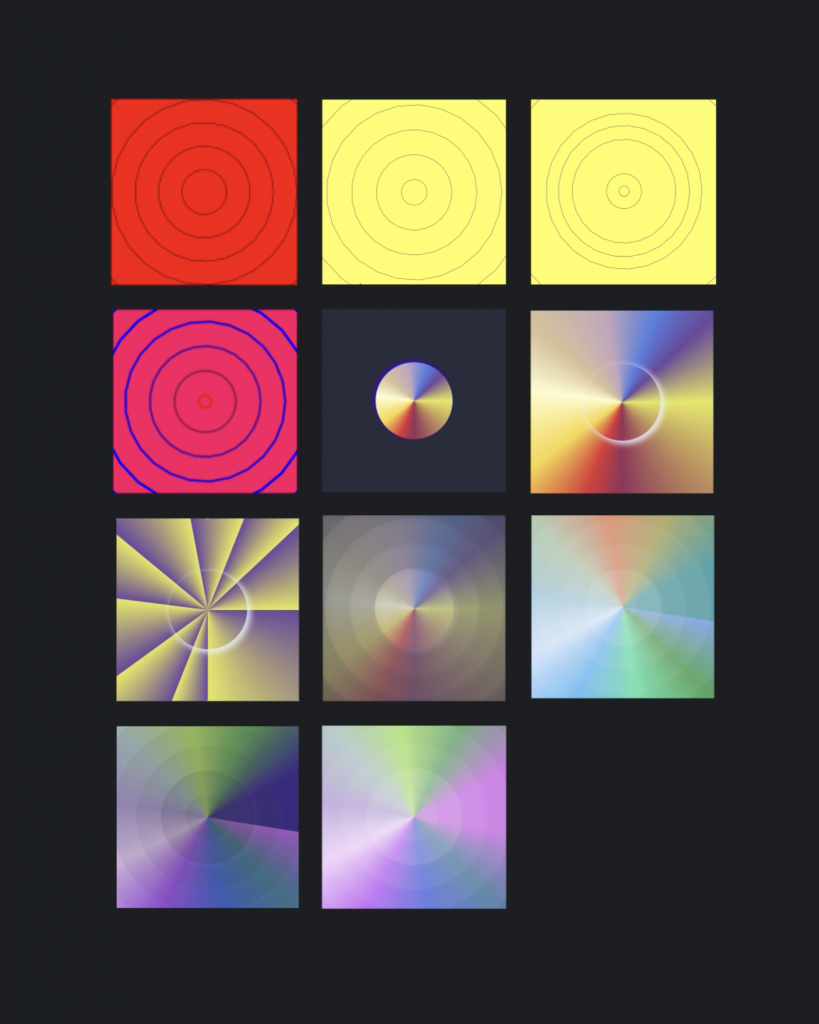
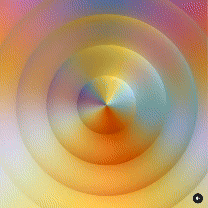

Week 2
In this second week I experimented on how random an output could I program. The more parameters I randomize, even limiting color ranges randomly, creates a diverse and nuanced collection of self painting clips.
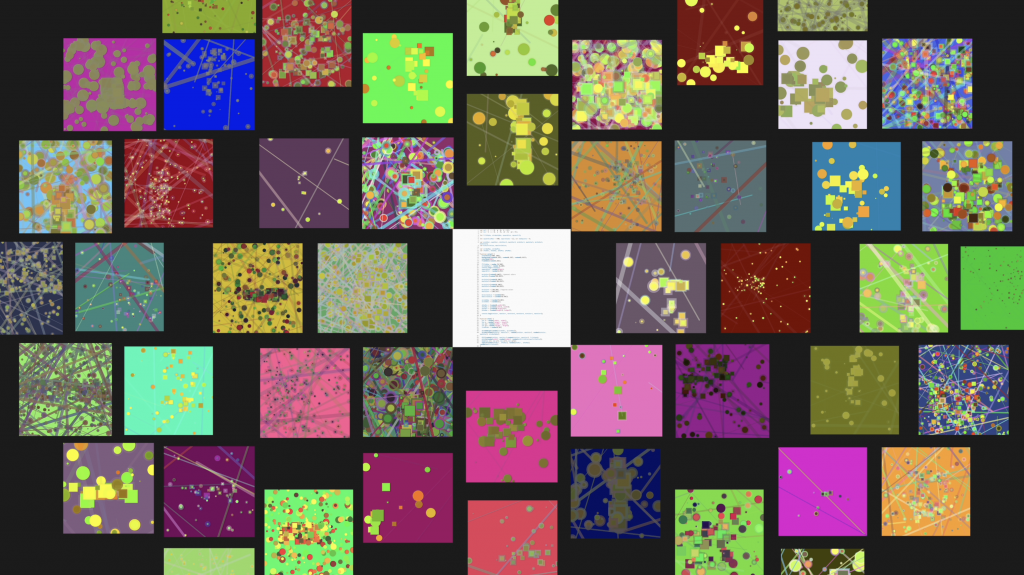
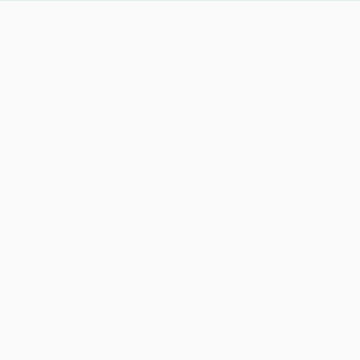
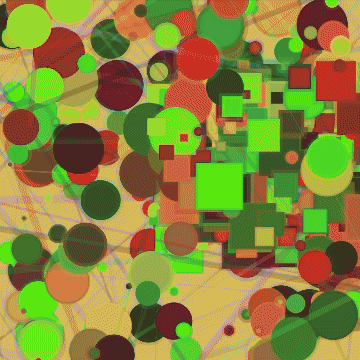
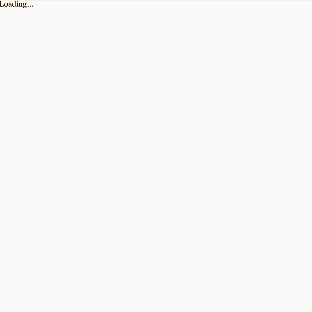
Week 3
The third week explores the different iterations of definitions on randomness, and how they enrich each other’s meaning.
Iterations of randomness is the summary of iterations done. The act of iterating iterations
itself show the different reflections and aspects of randomness itself. Each iteration works in
harmony in building up a definition for a shared subject. Demonstrable only if the subject
itself is unchanging, in this case, randomness.
Random outputs seem to grow out into existence but inseparably attached
to its source code. It continues to spread infinitely, with infinite possibilities out of a
determined source.
Infinite possibility and combinations of visual elements burst into
existence. Each iteration is created from previous systems and never from nothing.
Infinite random varieties pop into existence not out of thin air but is
birthed into existence from a carefully planned source, each individual offspring bearing the
image of its origin.
Behind the process of the diverse outputs, was a programmer designing,
deciding, rendering it.
The output is a mere reflection of its source code. This implies that the source
code and its outputs stand on a totally different dimensional plain.
Are identities truly unique? Surely there is an obvious unique aspect of each
iteration, yet there is a common pattern among them as defined from its source. Which is
the true identity?
The evolution of the outputs seem to adhere to a set system, enabling its
infinite diversity.
This is randomness writing an essay on itself, randomness in its purest form, manifested through a defined background, typeface, grid, and infinite time. Its own code, its infinite definitions are all contained within the infinite combinations of letters. Yet, is its definition contained in itself, or is it contained in the faith of its observer expecting a specific outcome?
Essay in the form of a Youtube Playlist
Post brief iterations
Written Response
Leave a Reply